SPF gives me spots, so I made it my mission to find a brilliant non-pore-clogging sunscreen
Our Beauty Editor gets to the bottom of sunscreen spots and shares the best non-pore-clogging formulas she has found

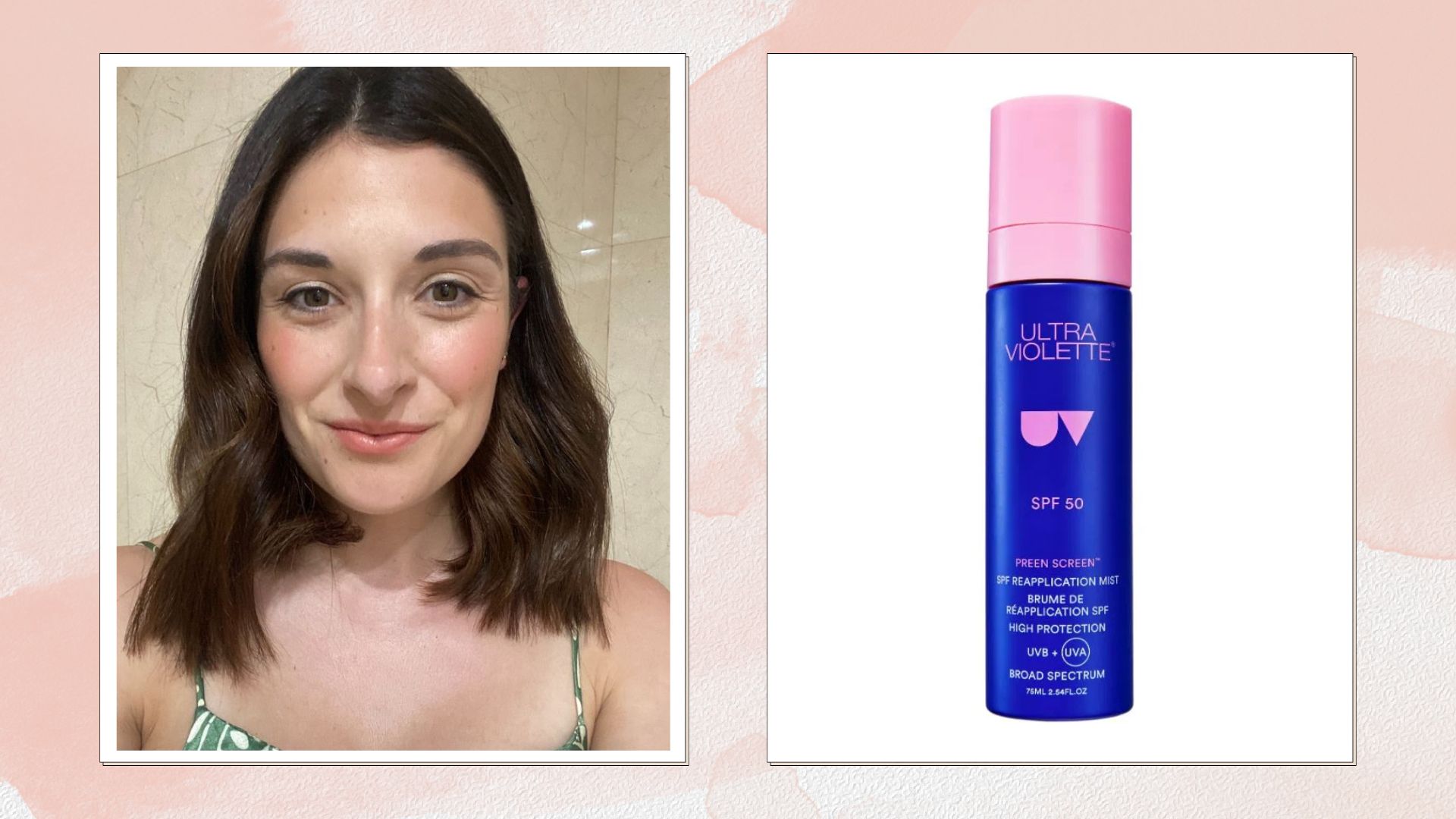
Swerving sunscreen because you’d rather burn than get breakouts? I’ve been there, and trust me, it’s not a good idea.
I always had really good intentions when it comes to sun protection. I knew the risks of burning, skin cancer and premature ageing due to UV rays, and I knew that, like a good little Beauty Editor, I should be wearing my best facial sunscreen 365 days a year to protect my skin.
The problem is, SPF always gave me spots. So, when confronted with the choice between extra wrinkles in five years or breakouts right now, I tended to roll the dice on the future of my skin. Turns out, you don’t have to make that choice. Not all sunscreens cause spots – I just wasn’t using the best sunscreens for oily skin or truly understanding the cause of my breakouts, so I asked the experts.
My SPF breakout cheat sheet and top non-pore-clogging sunscreens
Why does sunscreen cause spots?
There are three reasons. The first is because “some sunscreens can clog pores, particularly if they contain heavy oils or comedogenic ingredients,” says Dr Anjali Mahto, Consultant Dermatologist and founder of the Self London clinic. “This can trigger breakouts, especially in acne-prone or oily skin types.”
Comedogenic is complicated-sounding, but it just means an ingredient that blocks your pores. Comedone is the technical term for a spot. “A comedone is a black head or a little white head,” explains Dr Andrew Birnie, Consultant Dermatologist and founder of sunscare brand Altruist.
The second reason you might be getting breakouts is that, “If sunscreen isn’t fully removed at the end of the day, it can mix with sweat, sebum and dead skin cells, leading to congestion and spots,” cautions Dr Mahto. Nice. It’s smart to double cleanse if you’ve been wearing SPF, using the first cleanse to clear away sunscreen, makeup and daily grime, and the second to give your pores a proper clear out.
The least likely reason, but one to consider if you’re confident it’s not either of the first two, is an allergic reaction. “Typically, if you’re finding that you’ve got multiple spots and it’s red and itchy, that would imply that there is an allergy, and there may well be a particular ingredient in any product you are applying,” says Dr Birnie. “In that situation, you’d need to see a dermatologist to be referred for patch testing to find out what it is.”
Sign up to our free daily email for the latest royal and entertainment news, interesting opinion, expert advice on styling and beauty trends, and no-nonsense guides to the health and wellness questions you want answered.
How to find a sunscreen for breakout prone skin
You don’t necessarily need to scour ingredients lists or become an expert in cosmetic science to work out which sunscreens are best for oily skin. Dr Mahto advises us to “look out for sunscreens labelled as ‘non-comedogenic' or ‘oil-free’, which are less likely to block pores.
"Gel-based or lightweight fluid formulations are often better tolerated by acne-prone skin. Avoid thick, occlusive creams. Ingredients like niacinamide or zinc offer added inflammatory benefits, while added fragrance or alcohol can irritate sensitive or breakout-prone skin.”
Beyond this, it’s trial and error. Everyone’s skin is different, and so are everyone’s preferences for finish and texture, so you might need to shop around to find the right non-pore-clogging sunscreen for you. You should be wearing SPF every day, and you’re only going to want to do that if you like the product you’re using.
Our Beauty Editor’s non-pore-clogging sunscreen recommendations
I’m sorry, you’re not going to find a lot of exciting new launches here. These are my ultra-reliable, faithful oldies-but-goodies that I turn to summer after summer to keep breakouts at bay.
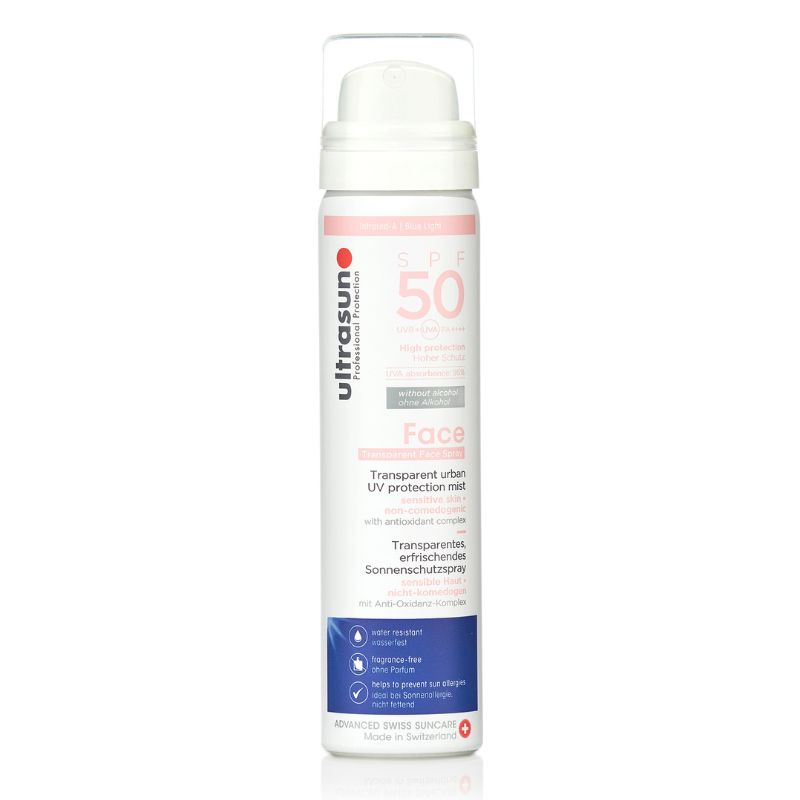
RRP: £22
I really don’t like reapplying cream sunscreens too often, as I find my skin just gets greasier and sweatier with every layer. This lightweight spray has saved me on many a sun lounger, topping up my protection without leaving me feeling slathered in product. I like that you can use it on your scalp too, as no one wants to burn their parting.
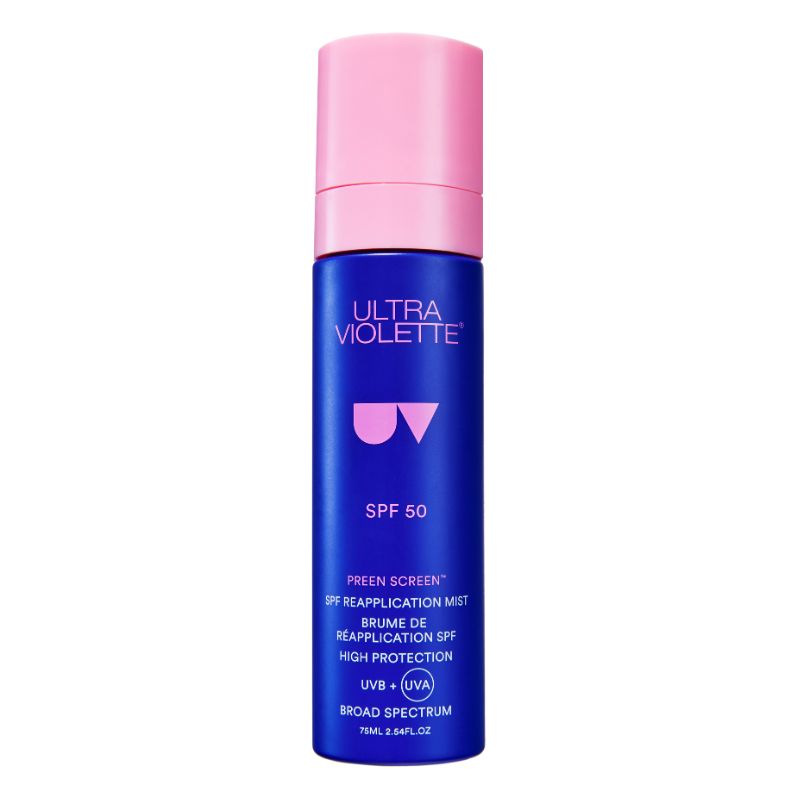
RRP: £32
Another mist that I love, this is also great for touch-ups throughout the day. What earns this extra brownie points is that it doesn’t disrupt or dislodge your makeup, which makes it my top pick for warmer days at home as opposed to on the beach. It’s not too wet, so it doesn’t leave my skin looking oilier than it already is, either.
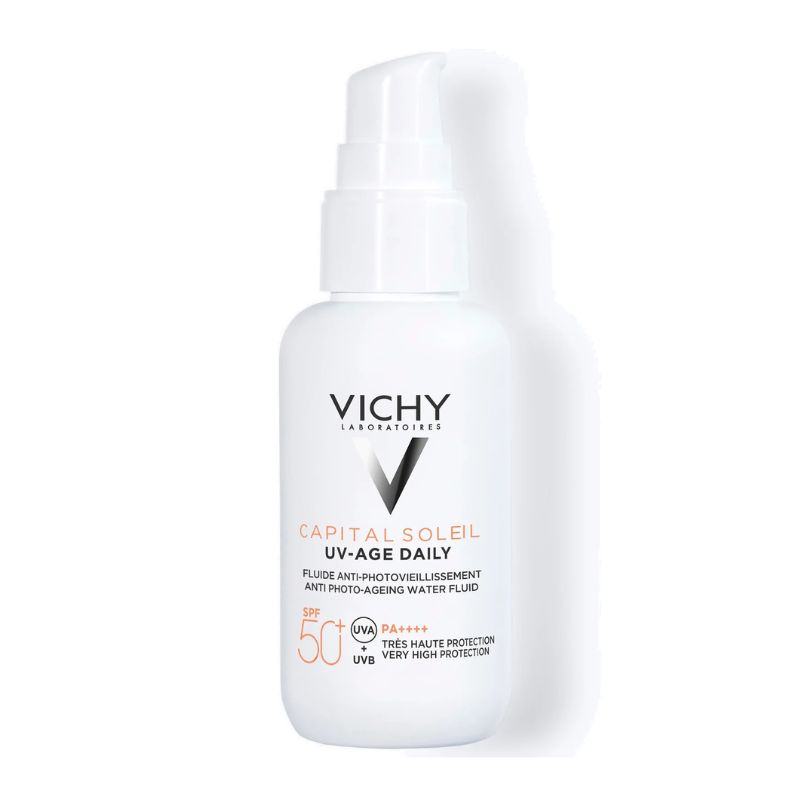
RRP: £22.50
As a Beauty Editor, a big perk of the job is being sent new launches to try, but I will always, always spend my own money on this before a holiday instead of taking a risk. It has a lovely, lightweight, watery texture that you can barely feel on your skin, and has never given me breakouts.
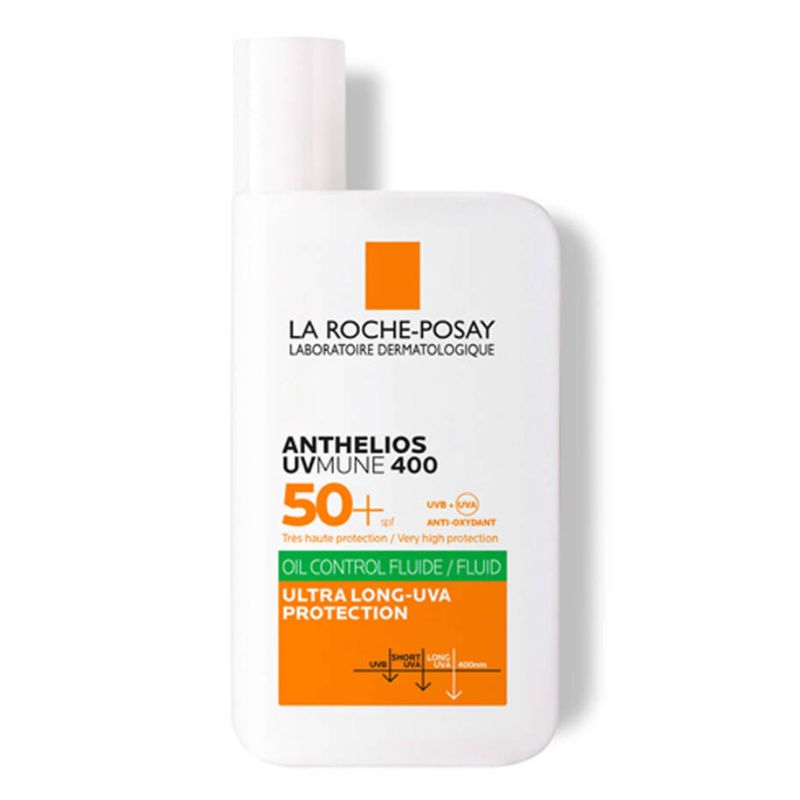
RRP: £21
The MVP of sunscreens for oily skin, this little rectangular bottle is hard to beat. It has all the gentle, nicely-nicely ingredients you’d expect from LRP, with the added benefit of a sebum-absorbing active that banishes shine from the skin and prevents breakouts.
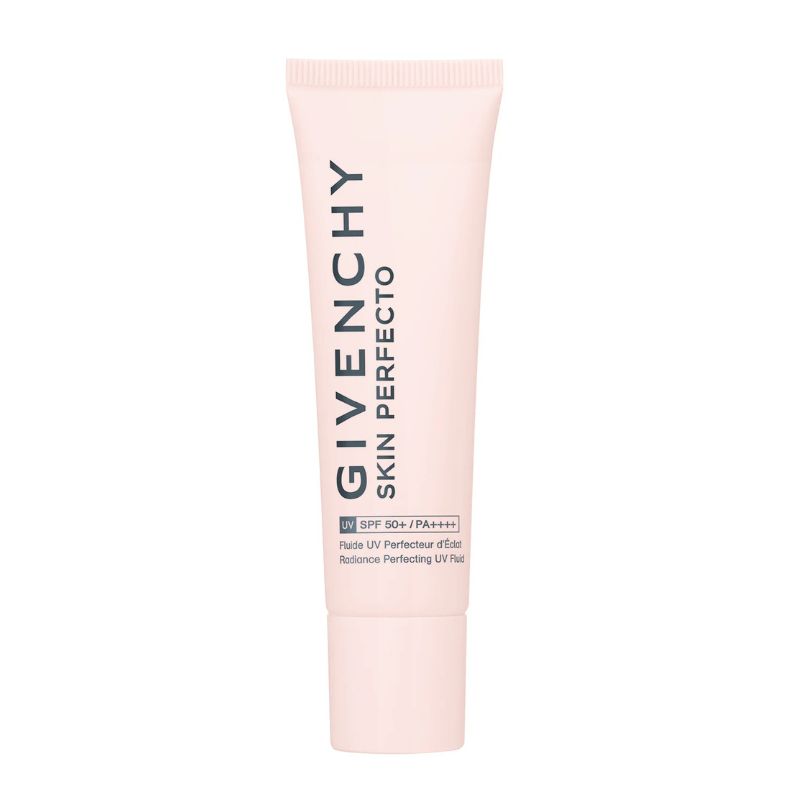
RRP: £48
I have a real bee in my bonnet about Givenchy beauty, and that’s because every time I try something, I love it – and it is not kind on the old bank balance. I didn’t want to be impressed by this SPF first time around, but it’s brilliant. Silky in texture, it sits seamlessly under makeup, with just the right amount of added glow for someone with oily skin.
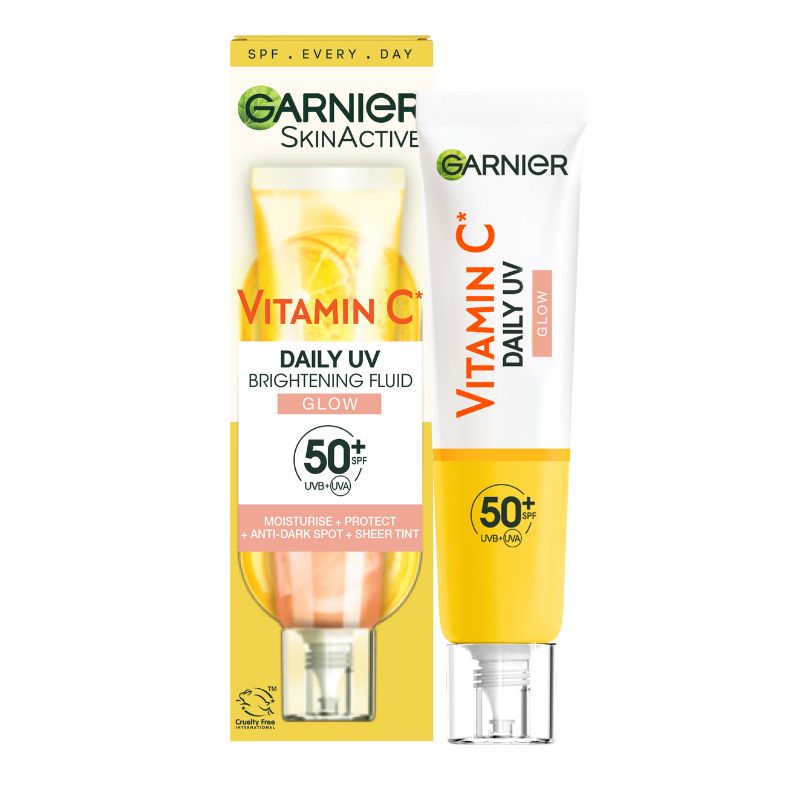
Glowy products and oily skin don’t usually mix, but hear me out – it’s the texture of this that makes it so good. It’s so thin that it almost feels like a primer, so you can apply a lot and still not feel like your skin is caked or coated. The touch of tint is great for taking the edge off of any existing angry spots if you’re going makeup-free too.
Are mineral or chemical sunscreens best for spots?
There are pros and cons to both mineral vs chemical sunscreen filters. “Mineral sunscreens with zinc oxide or titanium dioxide filters are generally gentler and less likely to cause irritation or clog pores, making them a safer bet for acne-prone skin,” says Dr Mahto. “However, they can feel heavier, and some may leave a white cast.” This isn’t ideal if you have a darker skin tone, as the sunscreen will be visible on your skin.
On the other hand, “chemical sunscreens tend to be lighter and more cosmetically elegant,” continues Dr Mahto. “But some filters may irritate sensitive skin or exacerbate breakouts in certain individuals.” It’s six to one, half a dozen to the other.
Jess Beech is an experienced fashion and beauty editor, with more than eight years experience in the publishing industry. She has written for woman&home, GoodtoKnow, Now, Woman, Woman’s Weekly, Woman’s Own and Chat, and is a former Deputy Fashion & Beauty Editor at Future PLC. A beauty obsessive, Jess has tried everything from cryotherapy to chemical peels (minus the Samantha in Sex and The City-worthy redness) and interviewed experts including Jo Malone and Trinny Woodall.
